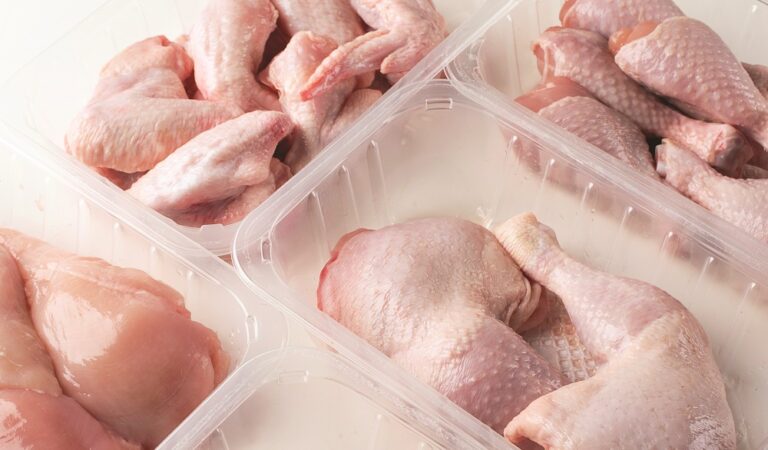The global poultry industry is recovering from a storm that hit in 1H 2020, and the outlook is gradually improving. Poultry demand will be more bullish in 2H, as Covid-19 containment measurements are eased, lifting demand through foodservice.
Covid-19 restrictions on foodservice and traditional distribution, as well as supply disruptions, have had a big impact on markets. However, the demand is expected to improve in 2H. The biggest market driver will be the economic downturn, making global markets more volatile and price driven, according to the latest Rabobank Poultry Quarterly. Such conditions are generally positive for poultry, being the cheapest meat protein with a short and flexible production cycle.
Poultry prices will see some recovery after historic lows in 1H, with traded poultry prices dropping between 5% and 25%. Breast meat should benefit from the reopening of foodservice, although trade will remain difficult. Dark meat will likely do better. Supply in some markets will be tight, due to reduced parent stock.
“Volatility could be exacerbated by ongoing challenges to balance supply and demand and by exchange rate instability. On the other hand, the bearish feed price outlook will provide producers some relief on the cost side of their businesses,” said Nan-Dirk Mulder, Senior Analyst – Animal Protein.
Global trade will remain unstable in 2H. Although demand will recover, supply-demand imbalances, exchange volatility, and access issues could distort trade flows. A trend of buying local may also have an impact. Trade agreements and restrictions have the potential to keep shaking up global trade flows as well. The US-China trade relationship, Brexit, and a move in the Middle East to further improve food security are the main factors that could disrupt global poultry trade.


